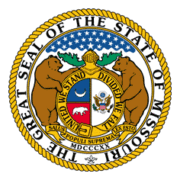Two Important IRS Letters to be Sent this Month
If you were eligible for the third stimulus check or the advanced child tax credit payments in 2021, you need to be on the lookout for two letters from the IRS. They will be arriving by the end of January 2022.
2021 Economic Impact Payment (Third Stimulus Check)
People who received the third stimulus check will receive Letter 6475 from the IRS.
This will help them determine what the taxpayer received and if they qualify for the Recovery Rebate Credit on their 2021 tax returns.
“Letter 6475 only applies to the third round of Economic Impact Payments that was issued starting in March 2021 and continued through December 2021,” the IRS said on its website.
Advance Child Tax Credit Payment
Families who received advance child tax credit payments in 2021 will receive Letter 6419 from the IRS.
This letter will tell eligible families how much of the credit they have received so far and the number of qualifying children that was used to calculate that amount. From this, the taxpayer will be able to determine out how much of a tax credit to claim on their tax returns this year.
Monthly payments that were sent to millions of families with eligible children from July to December only accounted for half of the credit. Now, those who got the money need to show what they received to make sure they get any remaining credit on their 2021 tax return if applicable.
If taxpayers don’t receive the letter, they can also go to the IRS CTC Update Portal to see how much they’ve received.
As of right now, the monthly advance child tax credit payments are not set to continue in 2022.
If you receive these letters, please hold on to them and provide them to your tax preparer with your other 2021 tax documents.
If you have any questions, please feel free to contact your trusted Scheffel Boyle team member. We are always here to help!












